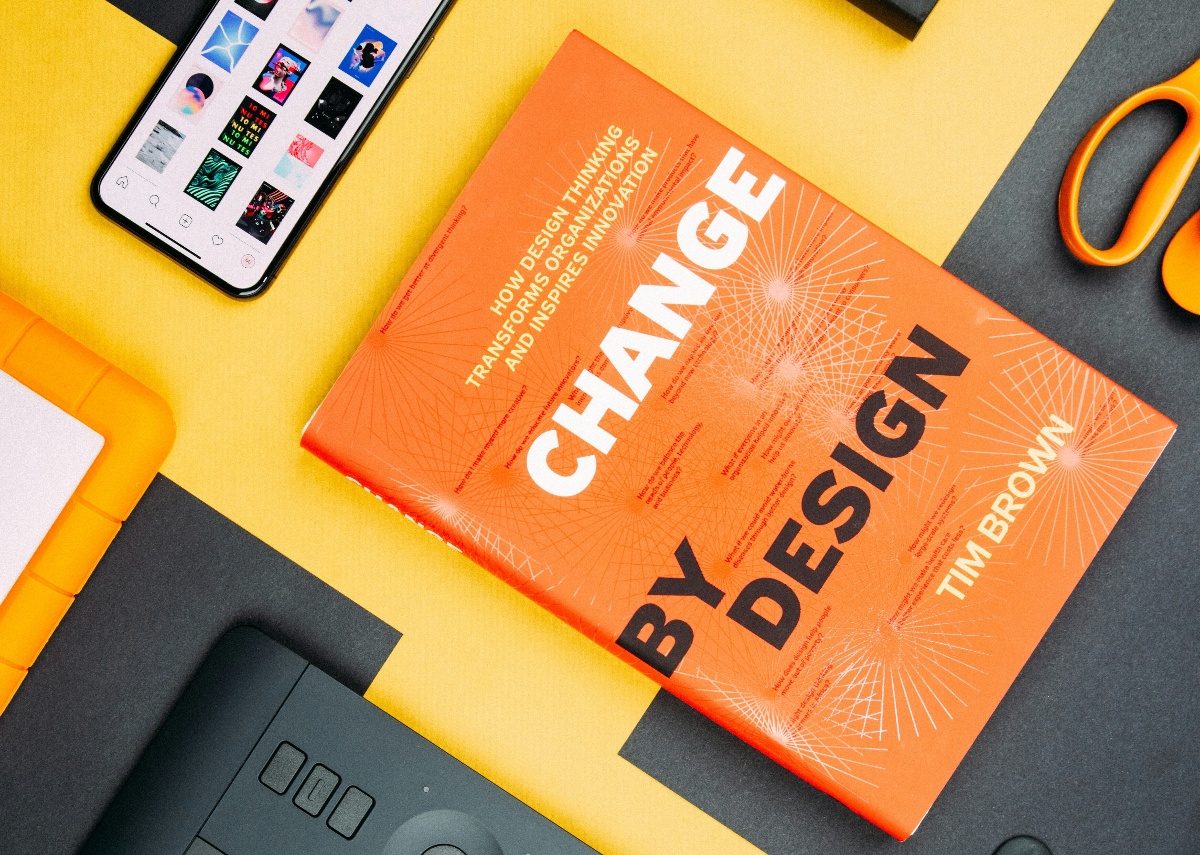.jpeg)
The Rise of the Learning Architect
I've spent my entire career working with educators and organizations to design successful learning experiences. Throughout these many opportunities, technologies have changed, "best practices" have come and gone, and the knowledge base has grown exponentially.
What always surprises me is that in this field of progressive innovation, the decisions that must be confronted are more complex now than ever before.
As we add new technologies and learning design practices, we have failed to consider how these tools and knowledge integrate with one another.
In this article, I introduce and explore the idea of "the learning architect" as a possible way we might redefine the role of educators and learning professionals in the future. To fully unpack this concept would require a much larger forum; however, in this article I introduce the concept and establish a basic foundation for future discussion.
The Learning Design Profession
Why does learning design matter? One could argue that learning is one of the most fundamental human processes. We learn from the moment we are born and encounter many different types of learning situations and experiences throughout our life. So, if learning is so common and natural, why does the design of learning experiences matter, and why do we need of profession of people who focus on this?
While we learn every single day, the reality is that we are generally not very good at planning learning experiences on our own. We often lack the ability to create our own signals and organize experiences that lead to efficient and productive learning outcomes.
Today, the access to information is not the problem. Making sense of and structuring experiences in ways that lead to the most meaningful and efficient learning experiences is the challenge. As information and technology options grow, so too is the need for professionals who are skilled in designing environments that are supportive of diverse learning experiences. This requires a design perspective that extends beyond information and instruction, to one that focuses more on experiences and competency development at a broader level.
Towards A Holistic Perspective
A quick search through recent instructional design or educational practices literature reveals a major barrier for learning design. Much of the literature in these areas focus on researching and discussing individual strategies. While this often yields productive insights into a particular area of learning design, the literature often fails to relate how those findings may have value in more connected learning environments.
For example, most learning experiences are a combination of many different strategies, resources, and technologies. Without examining the collective learning experience, the knowledge about specific elements become limited.
In addition to the need for a holistic perspective on learning design, we also need to consider how to promote simplicity and value in learning experiences. There are many choices and options people have when learning something new. They might attend a class, watch a video, enroll in an online course, or conduct an online search for resources. Great learning design anticipates the needs of learners and creates the most simple, understandable, and valuable experience.
The Learning Architect
To realize the complete value of learning in today's environments, we need to envision a new path forward for learning design professionals. I suggest the best way to think about this new role is "The Learning Architect".
A great architect is tuned into the experience people have when they enter a building or stroll through a park. While the individual elements in the environment are important, the true value comes from the collective space. Learning architects should think about the holistic value of learning environments and how individual design choices have a collective impact on the learning experience. This requires the development of new skills and preparation of learning professionals.
Broadly, the preparation of learning architects should not be based on knowledge of theories or use of technical skills, but rather the application of design-based abilities that promote the creation of successful learning environments.
How might we begin promoting the preparation of learning architects? To begin this transition, we first need a strong commitment to growing true design (problem solving) skills. This means thinking about learning situations as problems that need creative and effective solutions.
Second, learning needs a marketing campaign that helps people connect with the value and process of learning. This brings learning to the forefront of conversations where it may have not been considered previously. Learning is the glue for solving many problems people face in their personal and professional lives.
Finally, learning architects need to establish professional practices and norms that communicate their value to stakeholders. To simply answer the question: "how do I create value?" can have transformative effects. The learning architect movement should be bigger than one person. It needs to be a collective redefinition of how we design environments that support learning.
Implications for Transformative Learning
The relationship between transformative learning and the concept of the learning architect is quite harmonious. Transformative learning is about deeply meaningful and connected learning processes. It is about realizing new ways of seeing the world.
Our traditional ways of designing instruction don't often address these deep learning approaches well. Transformative learning requires connecting and making new meaning from diverse learning opportunities.
This approach is well-aligned with how a learning architect approaches design opportunities. The goal is not to instruct a student, but to rather create environments that are conductive for transformation. A learning architect would approach this opportunity with the assumption we cannot teach someone to transform; however, we can design environments where transformative learning is more likely. Educators who wish to advance transformative learning in practice must first embrace their role as a learning architect.
Summary
In this article, I introduced the concept of The Learning Architect as a path forward for the learning design profession. Educators and learning professionals are working in situations where there are few reliable and tested methods for solving the learning problems people encounter. A path towards preparing learning architects sets forth a renewed vision for how learning professionals add value. We need a holistic view of learning and a dedication to designing collective environments that employ simple solutions and are value-driven.
Discover more teaching and learning insights at the UCO Teacher-Scholar Blog.
Subscribe To Our Blog
Most Popular
Post By Topic
- associations (2)
- blended learning (2)
- CLEA (3)
- community of practice (1)
- Continuous Improvement (1)
- covid (1)
- culture (1)
- customer engagement (1)
- Design Studio Session (7)
- designcast (2)
- E-Learning (2)
- engagement (1)
- equity (1)
- ILED (6)
- ILED Designcasts (4)
- Innovation (4)
- learning design (25)
- learning enviroments (22)
- learning innovation, (4)
- Learning Strategy (8)
- LEM Techniques (3)
- micro-credential (17)
- Powered by LEM (5)
- professional learner (2)
- Show Notes (4)
- Skills Gap (2)
- technology (3)
- Uncategorized (11)
- video (1)
- visualization (10)
- Workshops (1)





